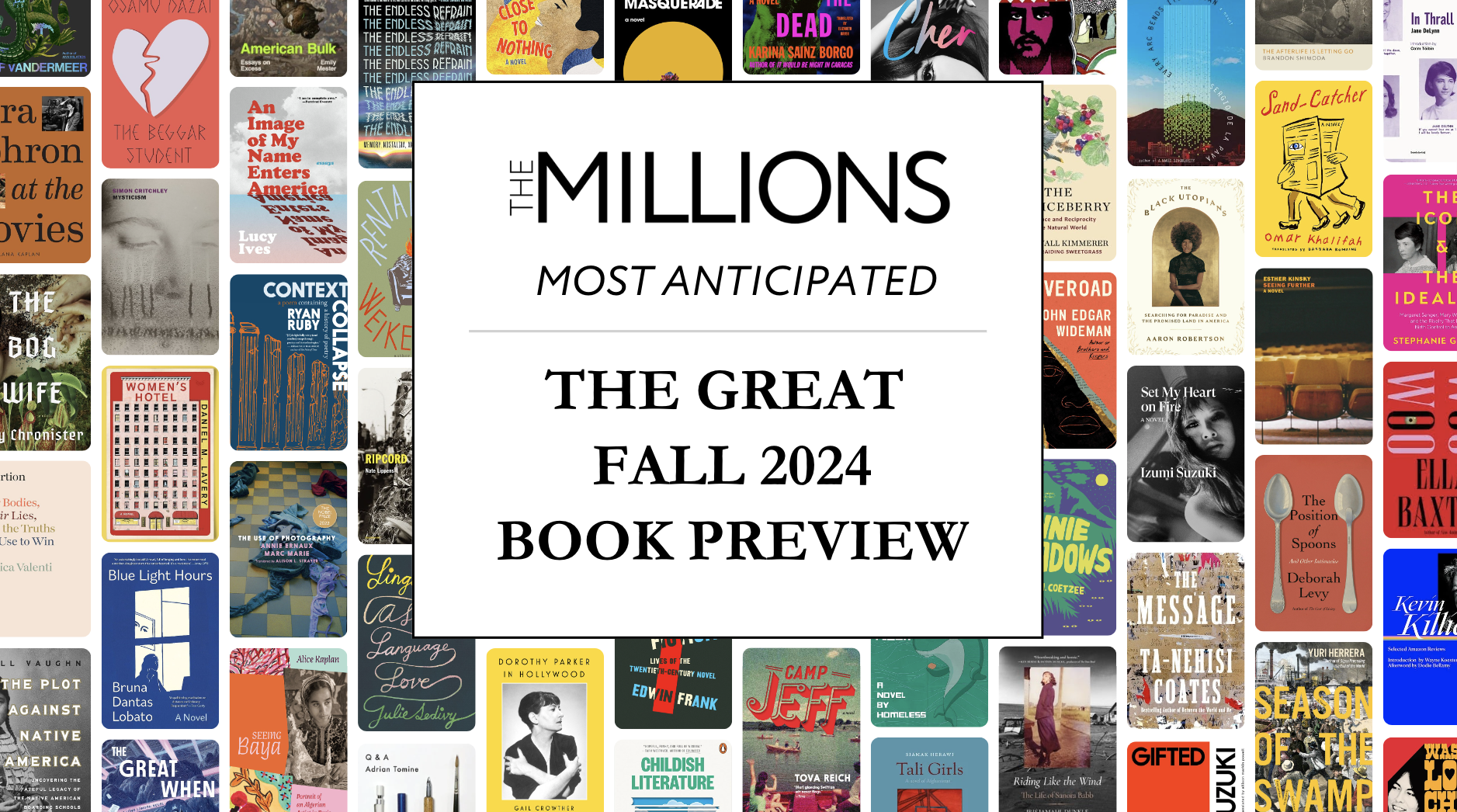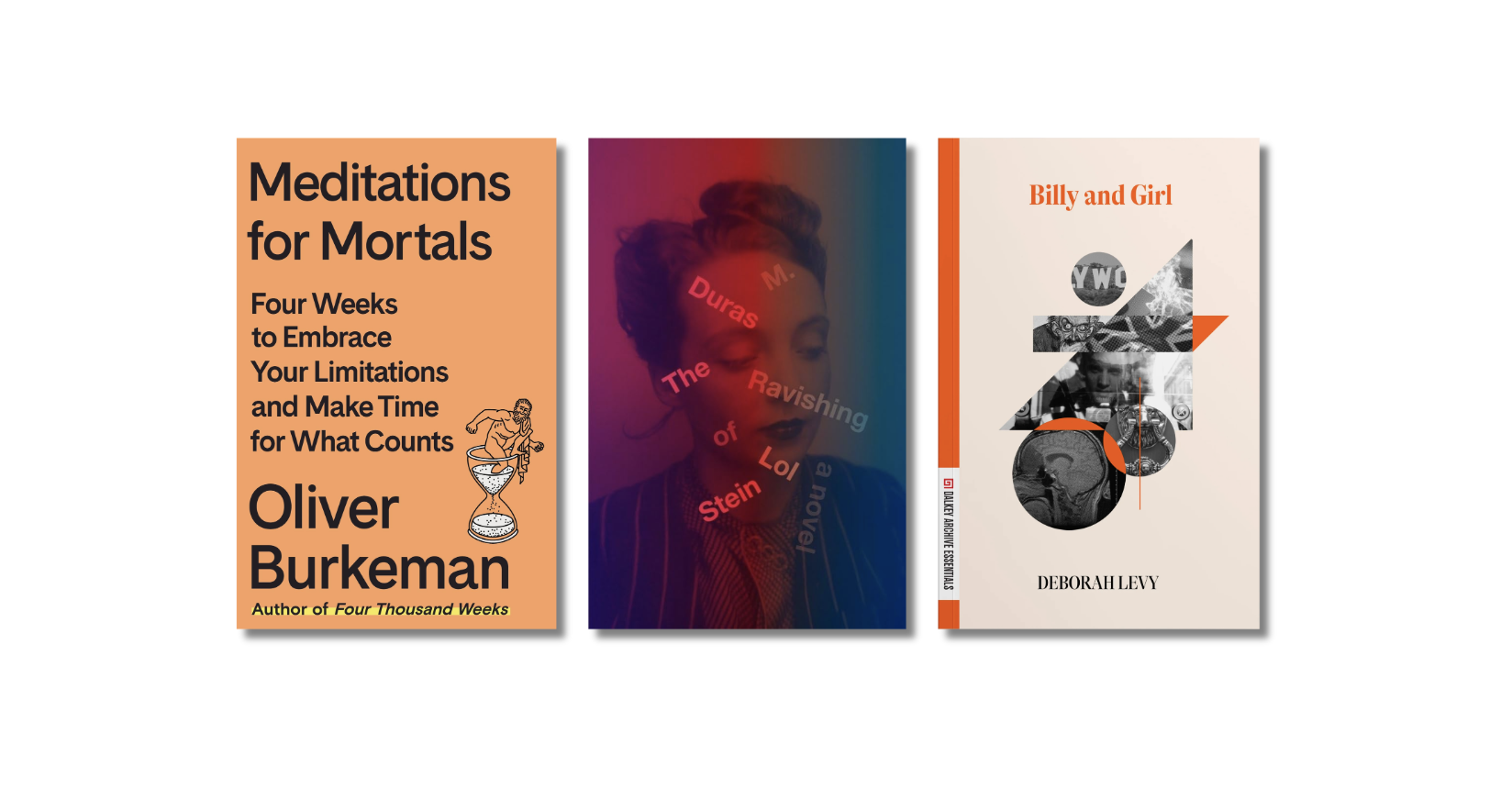If you spend much time reading the various book blogs, you probably came across this National Book Award blind item at Beatrice. I did and I couldn’t stop wondering who this slighted author was. Speculation abounded at Tingle Alley, and I was stumped, too. But after stumbling upon a clue in the comments of a post at Mad Max Perkins, I did some snooping around, and I can now reveal that the slighted author is Jim Shepard. His books, Project X and Love and Hydrogen, were not submitted for consideration for the NBA because, according to Beatrice.com, his publisher did not follow the proper procedures. Now, I’m not so sure that either of Shepard’s books would have made the cut. But you never know. And you also have to wonder if everyone would be making such a big fuss if one of our women from New York were a man from Massachusetts.









